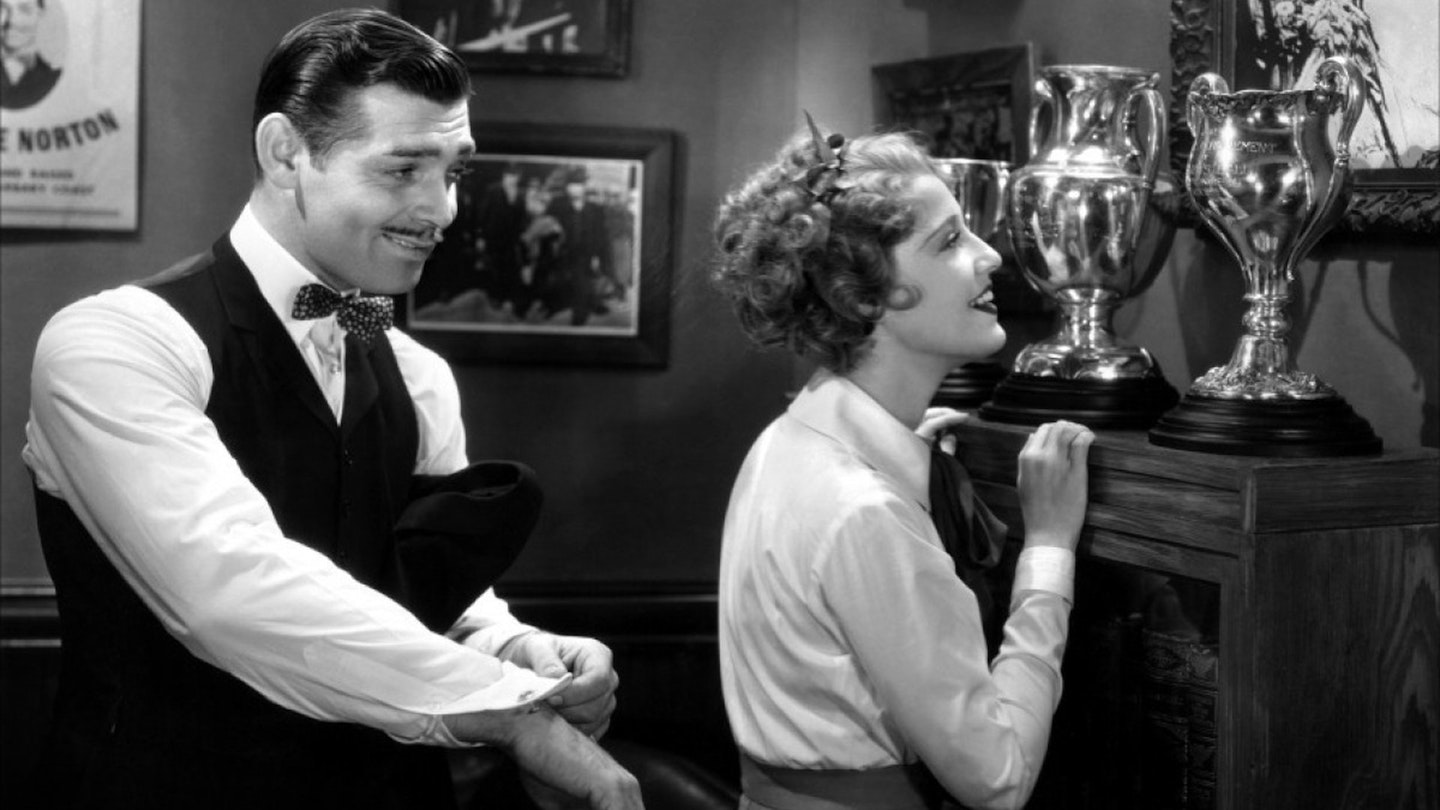Although Wings had been recognised for its engineering ingenuity at the inaugural Academy Awards, the visual effects fraternity was to remain overlooked until 1939. Thus, Arnold Gillespie and James Basevi were deprived of much-merited Oscars for their astonishing full-scale and miniature achievements on this period barnstormer. Douglas Shearer did win, however, for his atmospheric sound recording, which captured the vibrancy of Jeanette MacDonald's glorious soprano and the cacophony of the 1906 Earthquake with equal fidelity.
But events behind the scenes were occasionally as seismic as those upon it, with Clark Gable being particularly hostile towards Jeanette MacDonald, even though she had persuaded MGM's Irving G. Thalberg to greenlight Anita Loos and Robert Hopkins's screenplay and insisted that she would only headline with the then King of Hollywood. Gable was better disposed towards Spencer Tracy, however, who earned the first of his nine Oscar nominations in what was essentially a supporting role that he accepted at the urging of director, `One-Shot Woody' Van Dyke.
Yet, this was only fitting, considering the number of favours that Van Dyke extended to those who had helped him during his formative silent days. In addition to offering Erich von Stroheim the chance to write some additional dialogue, he also gave extra spots to such onetime icons as Flora Finch, King Baggott, Jean Acker, Naomi Childer and Rhea Mitchell. He also invited his mentor, D.W. Griffith, to direct a scene, although it's not known whether he supervised one of MacDonald's operatic numbers, a saloon fracas or the human aspects of the epic 20-minute quake sequence.
The intervening years may not have been kind to Gillespie and Basevi's SFX, but they were as impeccable as they were innovative. Moreover, they were more responsible for the picture's phenomenal commercial success than either the shamelessly melodramatic storyline (which were based on the antics of Barbary rogue Wilson Mizner) or the polished performances of Gable, Tracy and the scandalously underappreciated MacDonald, who proved what an effervescent presence she could be away from her inanimate regular co-star, Nelson Eddy.
